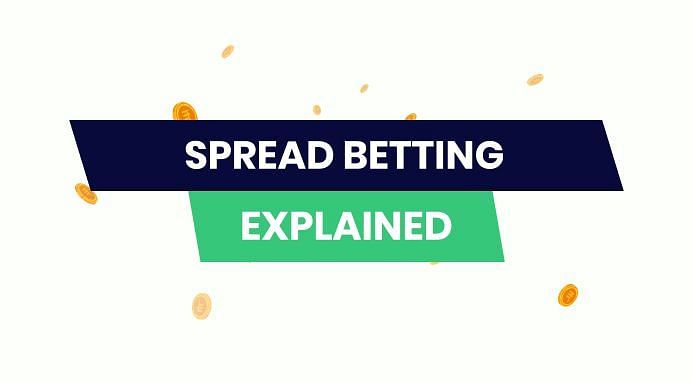In a Nutshell,
Choosing a team to win by a certain amount of points or come within a certain amount of points (lose by less than X points)
For example, if you bet Lakers -5.5 (+100), they will need to win by over 5.5 points for the bet to win. If you had bet $100 on Lakers -5.5, then you would profit $100.
Point spread in betting is a form of wagering in which margin of victory is taken into account rather than just the outcome of the game. Also known as "the spread", it is one of the most popular forms of betting that serves as a handicap between two opponents. In every sport, inequalities exist between two teams or opponents, and spread betting is effectively used in leveling the playing field by sportsbooks.
The main objective of point spread betting for sportsbooks is to create the opportunity for bettors to wager on teams in a given contest by evaluating their strength relatively against each other. It pretty represents oddsmaker's belief and the best market guesses at the numerical separation between two opponents involved in a contest. Point spread is increasingly popular in football and basketball, as well as baseball where it is known as "line" and hockey where it is referred to as "puck line".
How to Read a Point Spread
In explaining how point spreads are read, a practical example will be made between "Team A" and "Team B", taking a look into what number and side indicates.
.
Team A
+1.5
-120
Team B
-1.5
-120
The Handicap
The two teams in the contest have been closely examined by sportsbooks and have concluded the game has a high probability of being decided by just a point. Therefore, a handicap of 1.5 points is assigned to the game by oddsmakers. Here, there is what is called a "hook", which is the addition of 0.5 to what has been earlier decided as the winning margin. The "hook" is meant to avoid the possibility of a "push" where the result ends on the exact number the bettor has predicted. The half points simply eliminate the possibility of that.
The Favorite
The favorite of a contest in a point spread is identified with the negative sign in front of their handicap. In this scenario, Team B is deemed more likely to come out victorious in the game by the oddsmaker and has been made the point spread favorite for this contest. With a handicap of -1.5, the expectation of oddsmaker is that Team B wins the game by one or more points. Therefore, winning a point spread bet for Team B demands them to win the game by more than one point. The bet would be lost if Team B won the game by just a point or failed to win at all.
The Underdog
The underdog of a matchup in a point spread is identified with the positive sign in front of their handicap. Team A are the weaker team in terms of competitiveness in this scenario, and are deemed not to bring out anything from the game by the oddsmakers. Team A being +1.5 underdog in this matchup means they are expected to lose the game only by a point. Therefore, winning a point spread bet for Team A demands that they win the game outright or at least lose by exactly a point. The bet is lost when they lose by two or more points.
The Vig
In a point spread bet which involves handicap, sportsbooks assign what can be seen as a second set of odds which effectively serves as the prices for wagering on the game. These prices are referred to as the "vig" or the "juice" The oddsmakers have assigned for both favorite and underdog a vig of -120 in the game involving Team A and Team B. This adequately communicates to bettors that winning $100 in this game requires a stake of $120, with the total payout being $220. What can be won by bettors in this game is determined by their stake, respective towards the prices.
Covering the Spread
Assuming Team B ended up coming out victorious over Team A in the contest with a scoreline of $ 26-18. There is a win margin of 8 points, which is greater than the -1.5 point spread. Team B therefore covered the spread as they won by a bigger margin than the handicap.
